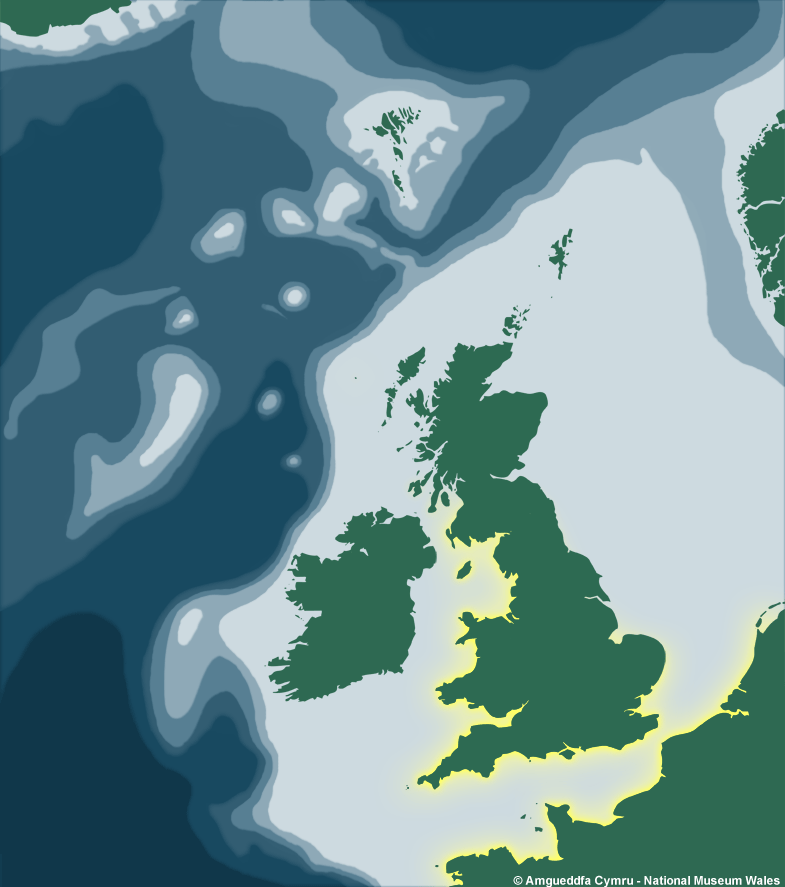Barnea parva (Pennant, 1777)
| Tebble name: |
Barnea parva (Pennant) |
|
Smith & Heppell name: |
Barnea parva (Pennant, 1777) |
To size: To 40mm. Shell Structure: Solid, with irregulary lanceolate protoplax. Equivalve: Equivalve. Equilateral: Inequilateral, beaks in front of midline. Tumidity: Inflated. Outline: Subelliptical, posterior slightly extended, rounded; anterior beaked with a prominent pedal gape.
Sculpture: Of thin co-marginal raised ridges and closely spaced radial riblets, low spines forming at the intersections; strongest over the anterior. Spines forming denticulate margin around pedal gape. Margin: Inner margin smooth. Ligament: Ligament small, attached to internal chondrophores. Hinge: Umbonal reflection rising above the umbo and extending along the anterior dorsal margin. Pallial Musculature: Pallial sinus deep extending to line of the beaks; ventral adductor scar prominent. Apophysis long, flat, broad. Periostracum: Periostracum thin, straw coloured. Colour: Shell white.
Record last modified: 22/03/2016






